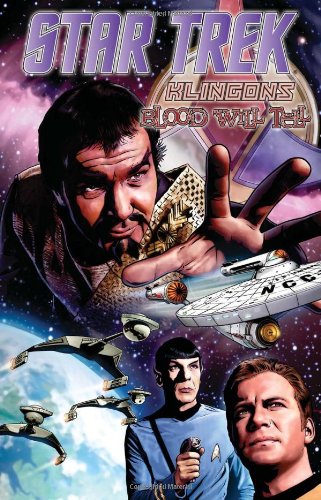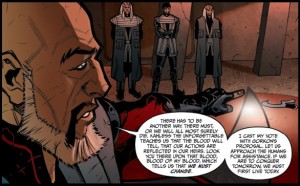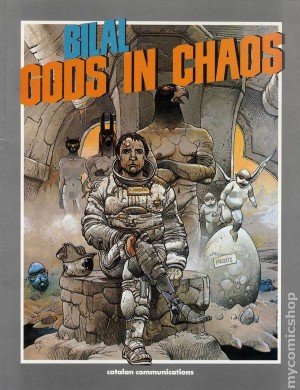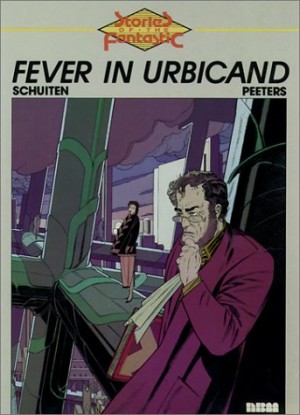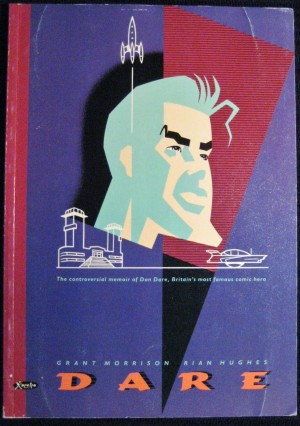Review by Karl Verhoven
Blood will Tell has an interesting premise. It’s to relate stories that occurred during the original 1960s TV run of Star Trek, but from the Klingon perspective. These are cemented within framing sequences set during Star Trek VI: The Undiscovered Country, when a Klingon politician has an important decision to make that weighs heavily, and will determine the future of his planet.
The most impressive chapter is the second, tying in with the lighthearted TV episode ‘The Trouble with Tribbles’. A Klingon agent is integral to the story, and here we learn about Galmek, how he’s considered Mach Ghott by the Klingon society: a Klingon of stunted form who’ll never become a warrior and is therefore to be despised. Writers Scott and David Tipton construct a fascinating story about how he’s brutalised and deceived, yet still maintains a loyalty to the Klingon Empire.
The opener is set during ‘Errand of Mercy’, when an occupied planet doesn’t prove as docile as expected and a stand-off with the Federation is enforced. “A peace treaty! Mediation! Shared occupation rights! It goes against all we believe. We should be dictating terms to humans by the point of a blade, not making mealy-mouthed concessions!”
Further background information is supplied on events set during episodes ‘A Private Little War’ and ‘Day of the Dove’ before the framing sequence moves into its concluding stage. That, unfortunately is predictable, which is a shame as it was the one element with greatest leeway to surprise, not being as locked in as the remainder.
David Messina’s art is angular and blocky, with occasional awkwardness, but does serve material dealing with a warrior culture. His cast likenesses work, and it’s noted that Elena Casagrande is credited with art assists.
For those more casual fans of Star Trek, there’s an explanation as to why the Klingons in the 1960s series don’t resemble those in the 1980s series, and for the dedicated fan the entire first chapter is also presented in Klingon. Really.
